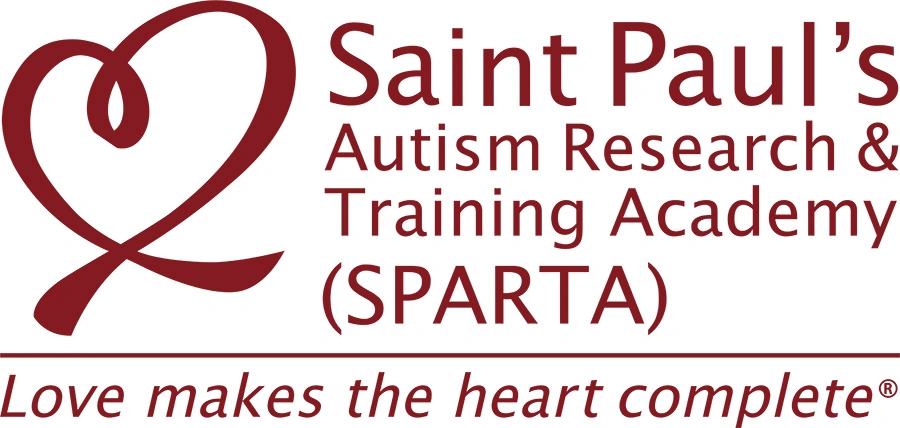What is SPARTA?
SPARTA Inc. is a 501 (c)3 non-profit organization that provides Autism treatments and conducts research in the home and at center-based settings, as well as providing parent training for kids diagnosed with Autism Spectrum Disorder living in underserved areas, both in the USA and Greece.
At SPARTA, we believe every child deserves the opportunity to thrive — no matter where they live. But in many underserved communities around the world, children with autism face not only a lack of access to essential therapies but also the weight of stigma and misunderstanding.

Our Purpose?
We understand that therapy can be expensive and, in some cases, only available to a select few due to demand or local limitations. It leaves many children either undiagnosed or untreated, resulting in a growing number of children with severe autism cases untreated within our community. Studies show that providing early interventions and therapy can provide tremendous improvements in the livelihoods of our students, and their families.
In places where autism is often hidden away and families are left without support, we see an opportunity to make a difference. Our mission is to change the narrative. By bringing the innovative, evidence-based techniques we’ve developed here in the U.S. to communities in Greece and beyond, we’re not just providing therapy — we’re fostering acceptance, empowering parents, and building a model of care that can be replicated globally.
Through our hands-on parent training, center-based programs, and in-home support, we stand with families who have long felt alone. And our commitment to research means we’re constantly seeking better ways to serve those in need.
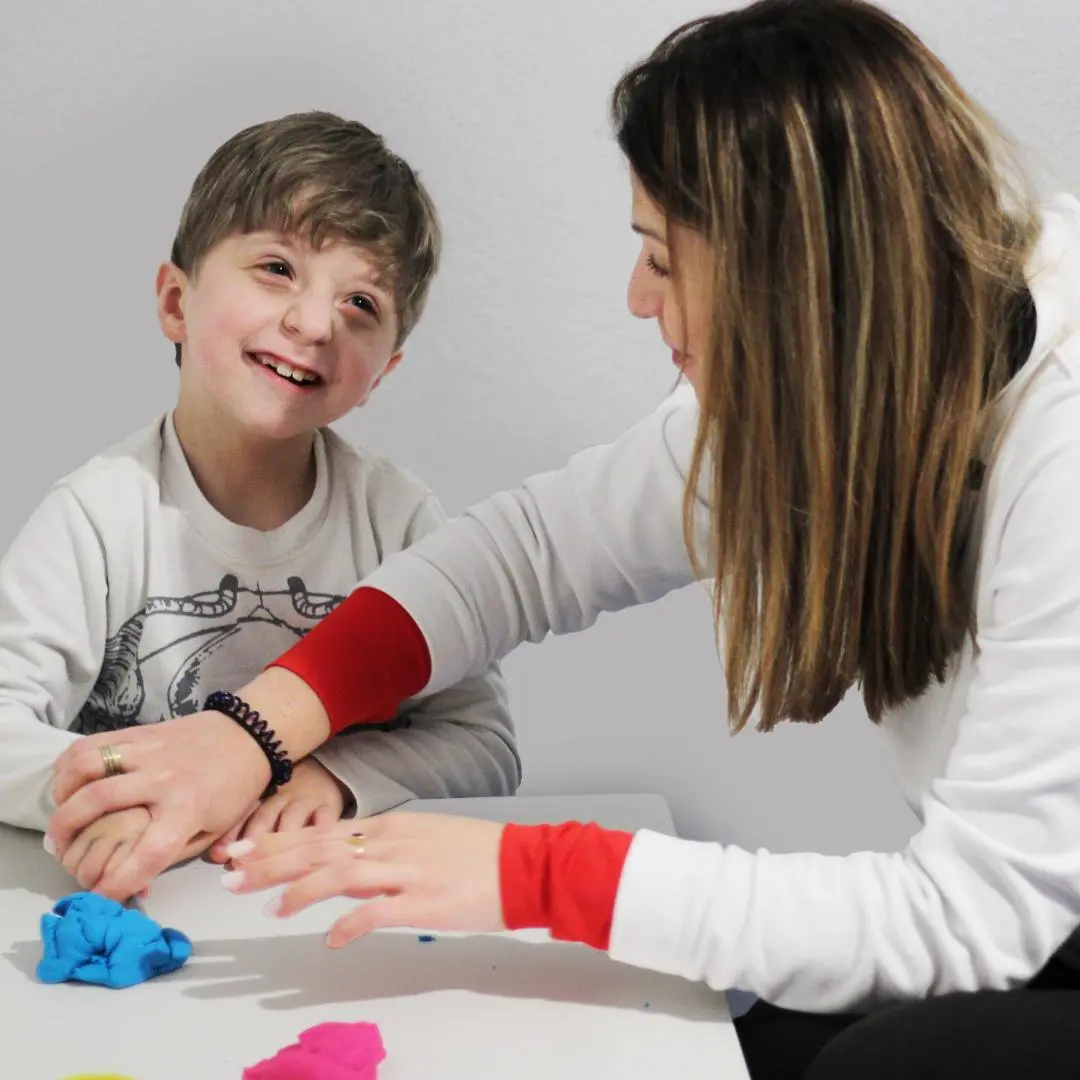



DONATE NOW 
This mission isn’t just ours — it’s yours too. Every donation, every purchase from our shop, and every shared story brings us one step closer to a world where no child is left behind.
Together, we can break the stigma. Together, we can build a future where every child with autism is seen, supported, and celebrated.
In addition to cash donations, you can also support our mission by donating cars, real estate, or other valuable items. These contributions help fund crucial programs, providing therapy, resources, and life-changing support for those who need it most. Every donation – big or small – plays a vital role in helping us make a difference and enables you to turn unused assets into a powerful force for good.
Who We Are?
CHECK OUT OUR ART GALLERY FROM OUR SPARTA STUDENTS
Resources
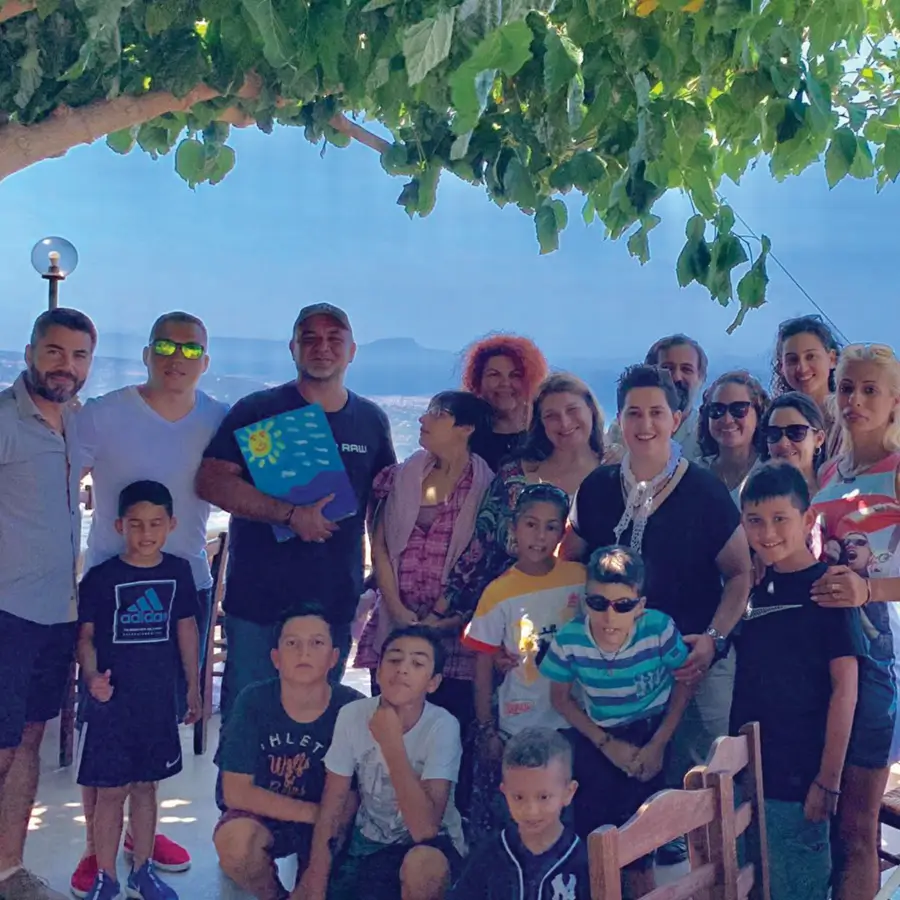
Parent Training
First Parent Training Seminar
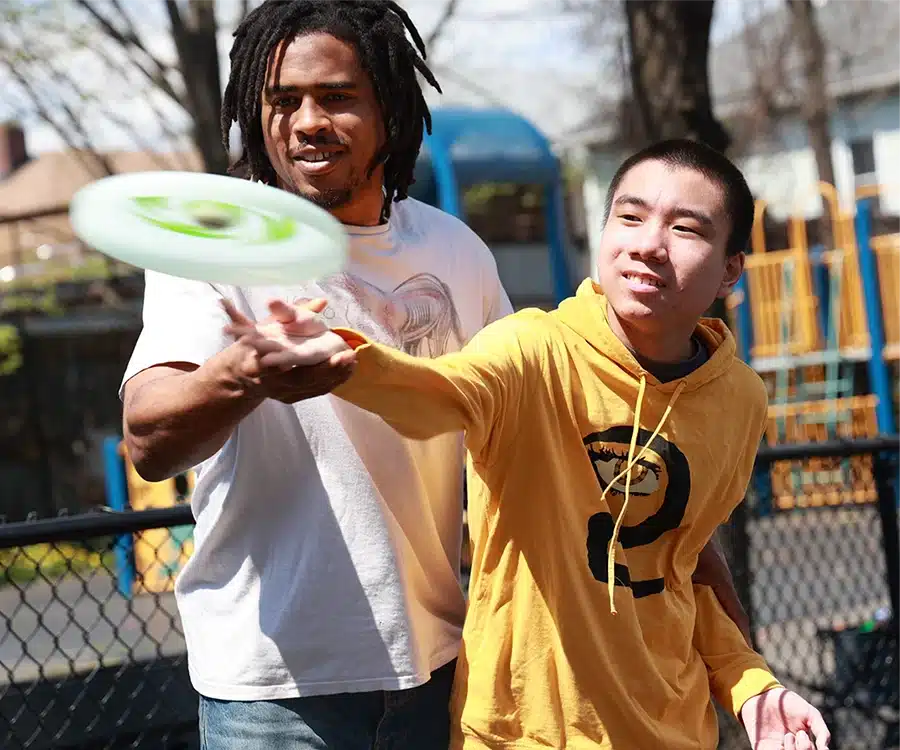
What do we do
Our Services

Our Humble Begining
See how we started
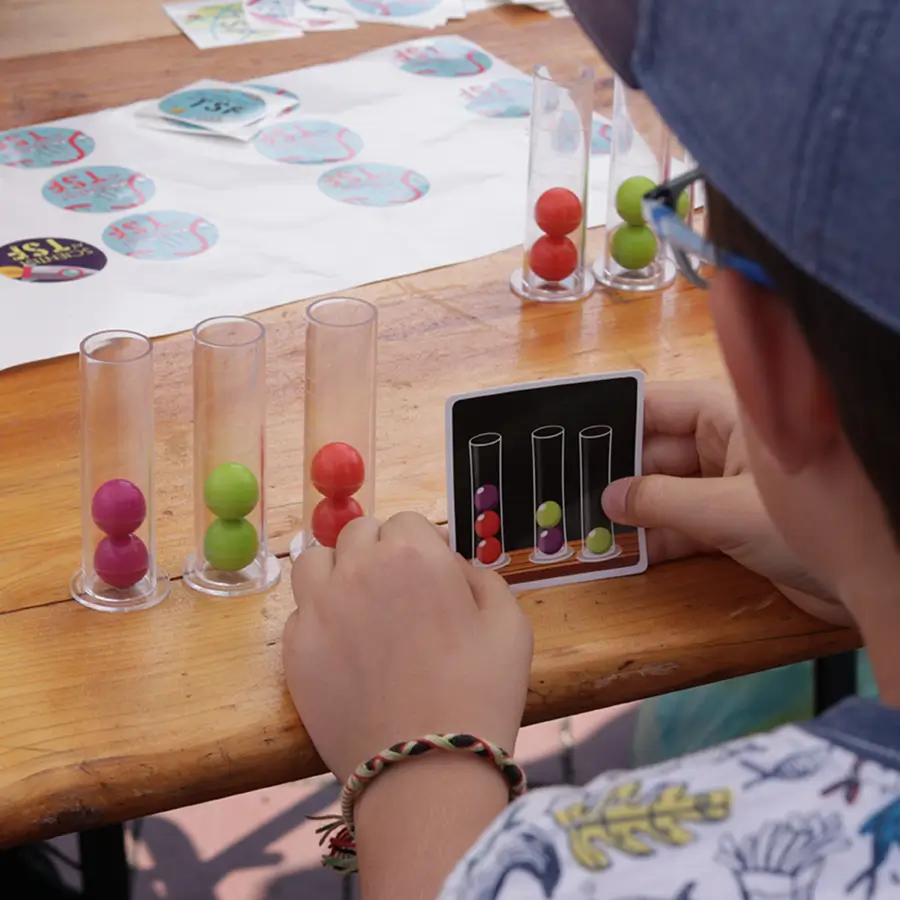
Research
Check out our research…
